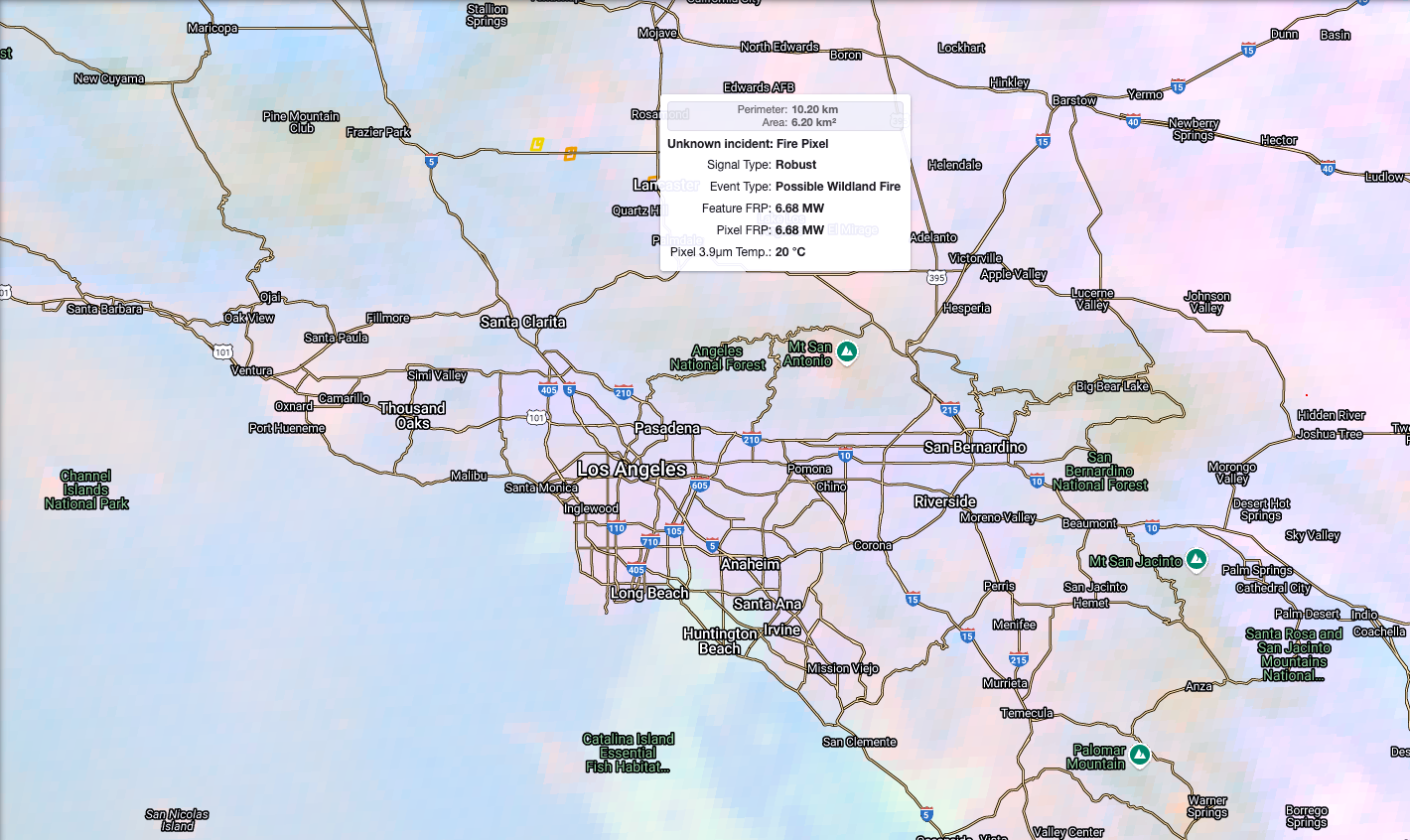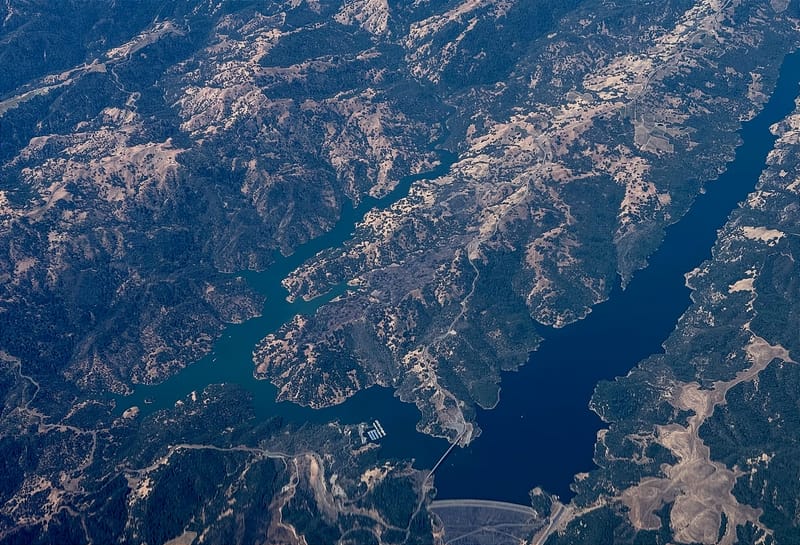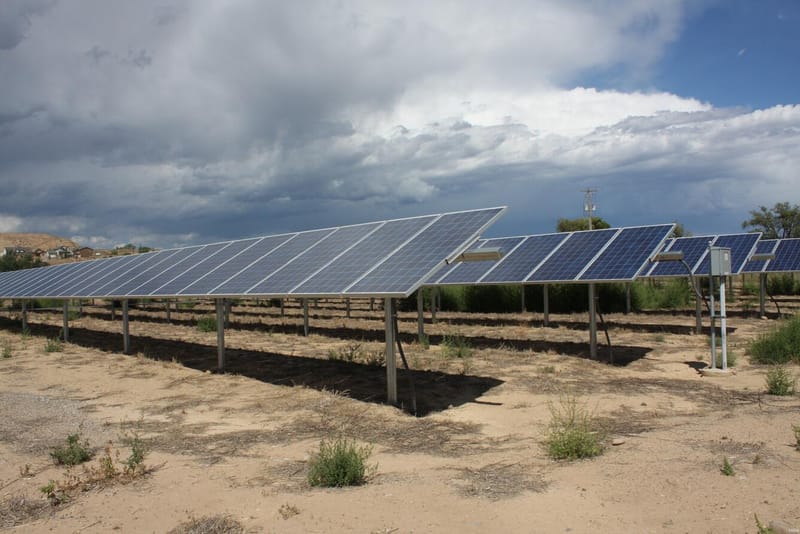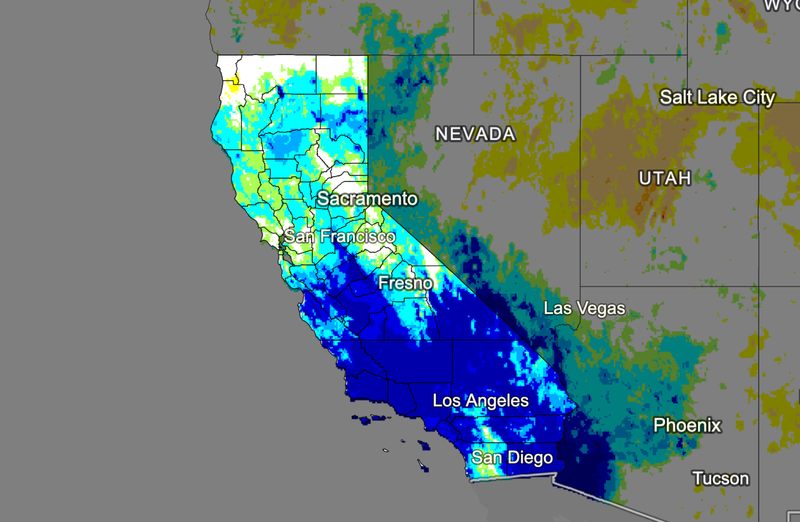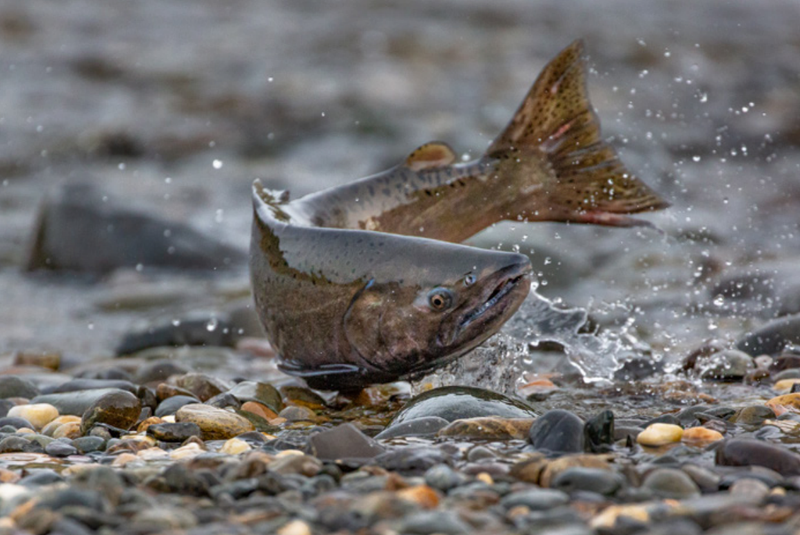NOAA’s Next-Generation Fire System goes live, promising one-minute wildfire alerts
NOAA’s new AI-driven Next-Generation Fire System (NGFS) delivers near-instant satellite wildfire alerts—now live and already saving millions in damages.
NOAA has officially launched the experimental Next-Generation Fire System (NGFS), an AI-enhanced satellite program that detects new wildfires and tracks their growth in as little as one minute. The agency—and early adopters in the firefighting community—say the technology could transform initial attack strategies across the United States.
See the Next-Generation Fire System in action
Use the live NGFS map below to zoom in on near-real-time hot-spot detections and active fire perimeters across California; because the system is still in beta, data may occasionally lag, miss very small fires, or trigger false positives, so always verify critical details with official CAL FIRE updates, and adjust the layers for additional data.
How NGFS works
Every 60 seconds, the Advanced Baseline Imager (ABI) aboard NOAA’s two geostationary GOES satellites sweeps over the western United States, beaming back fresh infrared data. NGFS’s machine-learning algorithms immediately interrogate each new frame, isolating even faint thermal signatures, filtering out false positives caused by cloud cover or sun-heated ground, and then plotting confirmed “hot spots” on an online dashboard in near real time.
As explained Mike Pavolonis, NOAA Satellites’ Wildland Fire Program manager and the project’s lead scientist:
NGFS can provide alerts in as little as one minute from the time the energy from the fire reaches the satellite. I've seen NGFS alerts for fires as small as a quarter acre.”
Put simply, NGFS delivers three capabilities that conventional satellite products can’t match:
- Minute-scale detection – The system refreshes every 60 seconds, versus the 5–15-minute cadence of older tools.
- All-weather acuity – Its AI model recognizes fire-radiative power through smoke and thin clouds, reducing missed ignitions.
- Continuous tracking – Once a blaze is flagged, NGFS keeps updating its perimeter and intensity, giving forecasters and incident commanders a live picture of fire behavior as it unfolds.
Early results: Success in Oklahoma
During a recent wildfire outbreak in Oklahoma, NGFS provided first detection on 19 separate fires. Preliminary modeling suggests the rapid response that followed prevented more than $850 million in property losses—roughly 250 times the system’s sub-$3 million development cost.
Rapid adoption nationwide
- Ninety percent of the National Weather Service’s 122 forecast offices have already subscribed to the NGFS feed since February.
- California’s Office of Emergency Services has integrated NGFS detections into its Statewide Initial Attack Viewer.
- The system also tracked a fast-moving blaze in New Jersey’s Pine Barrens this spring, supplying minute-by-minute spread intel to ground crews.
Why this matters for California
With fire season now effectively year-round, the ability to spot new ignitions within a minute could mean the difference between a contained grass fire and a large-scale disaster. NGFS adds a critical early-warning layer that complements existing smoke, air-quality and weather tools already featured on CaliforniaToday.com.
What’s next
NGFS is undergoing a second evaluation in NOAA’s Fire Weather Testbed to streamline data delivery directly to land-management agencies. Researchers are also fine-tuning the system’s alert thresholds and exploring ways to push detections straight to field commanders.


